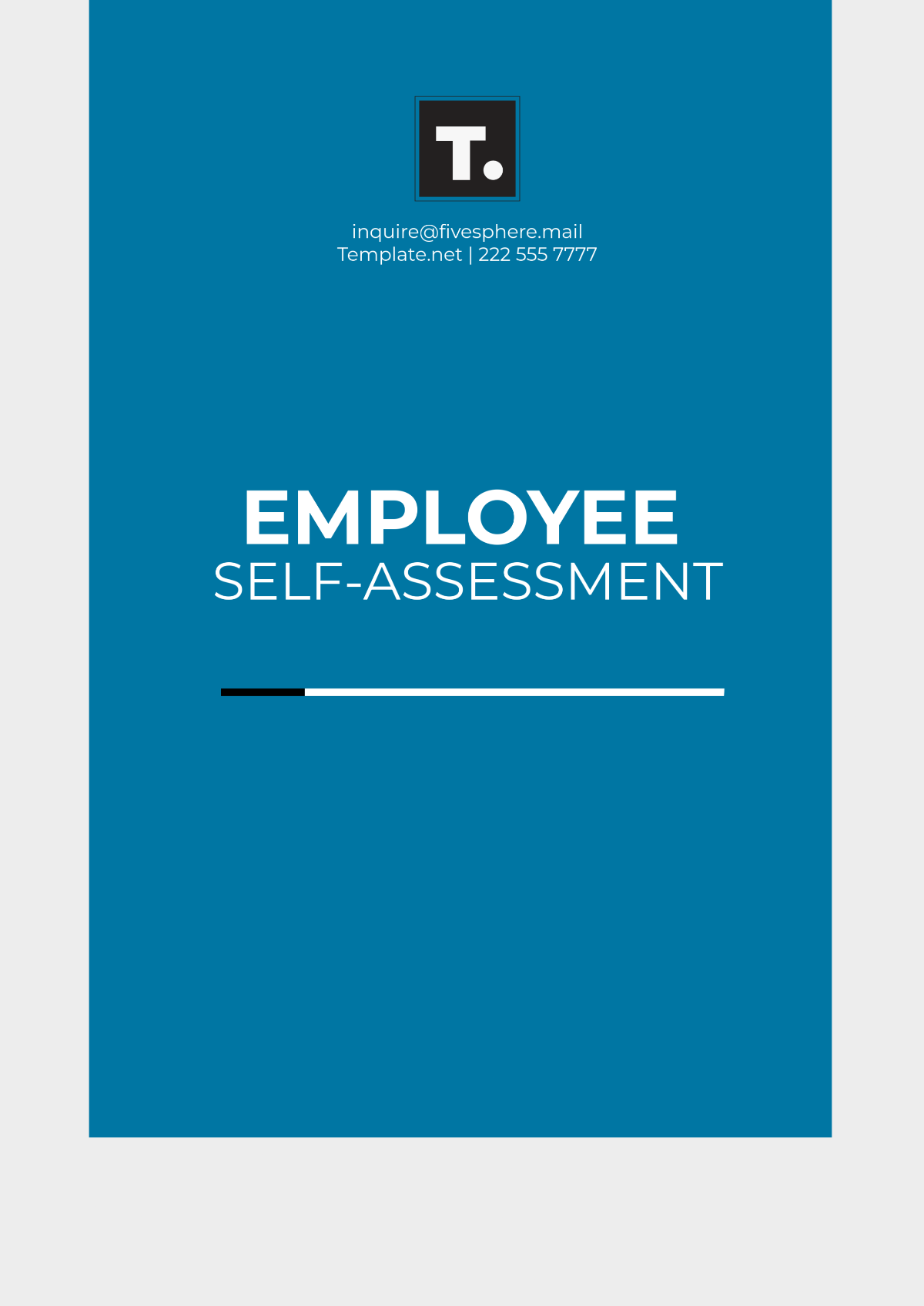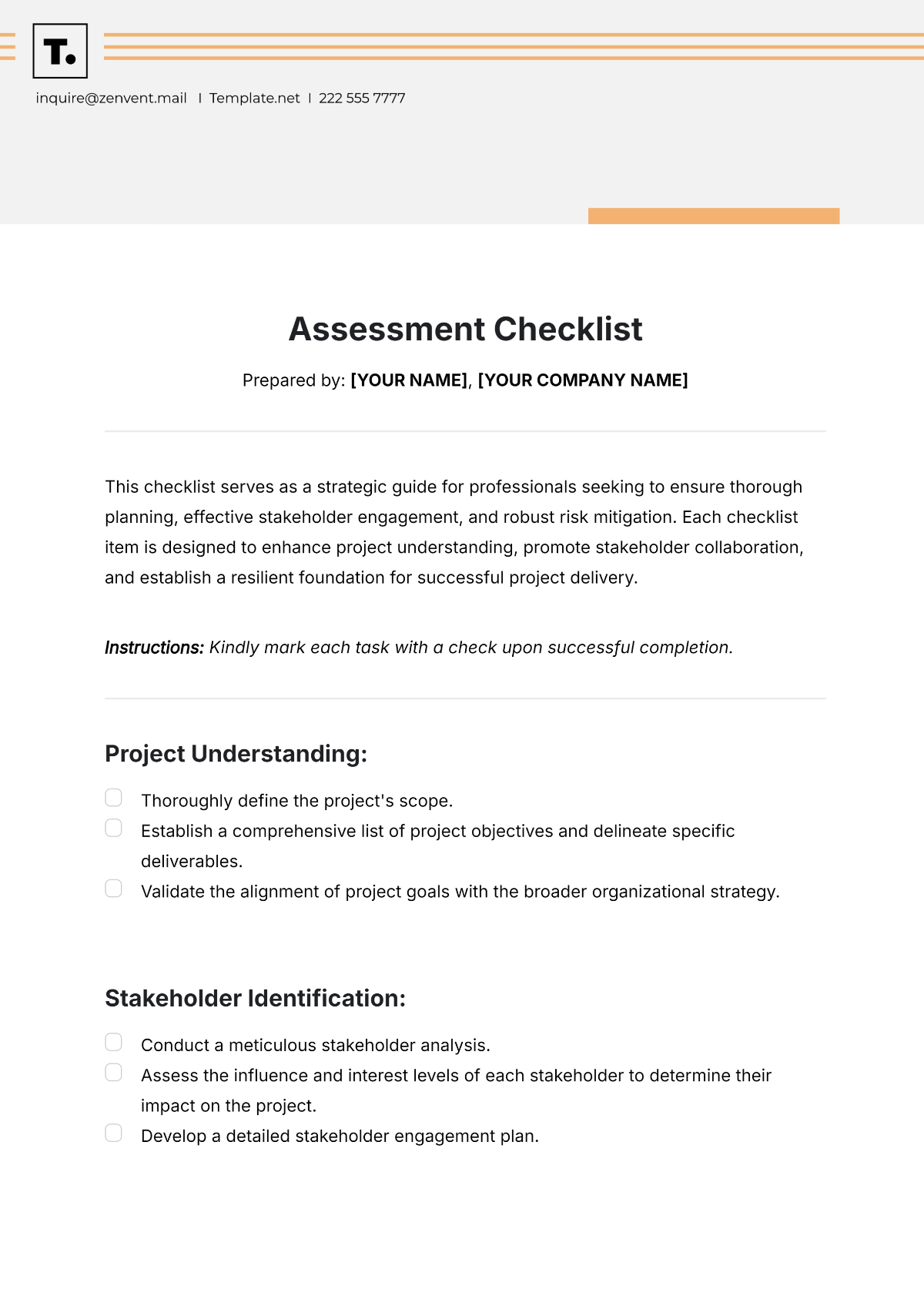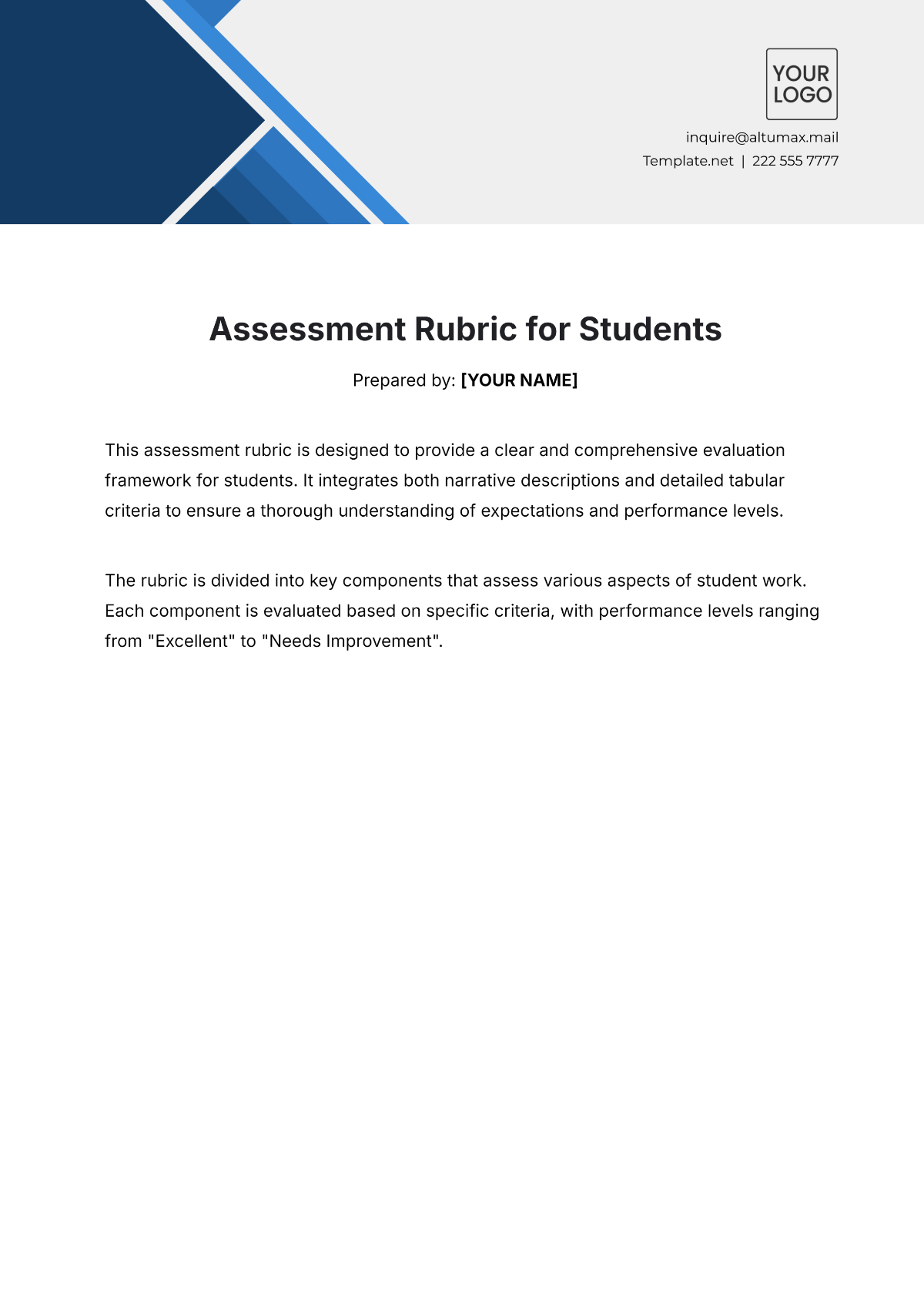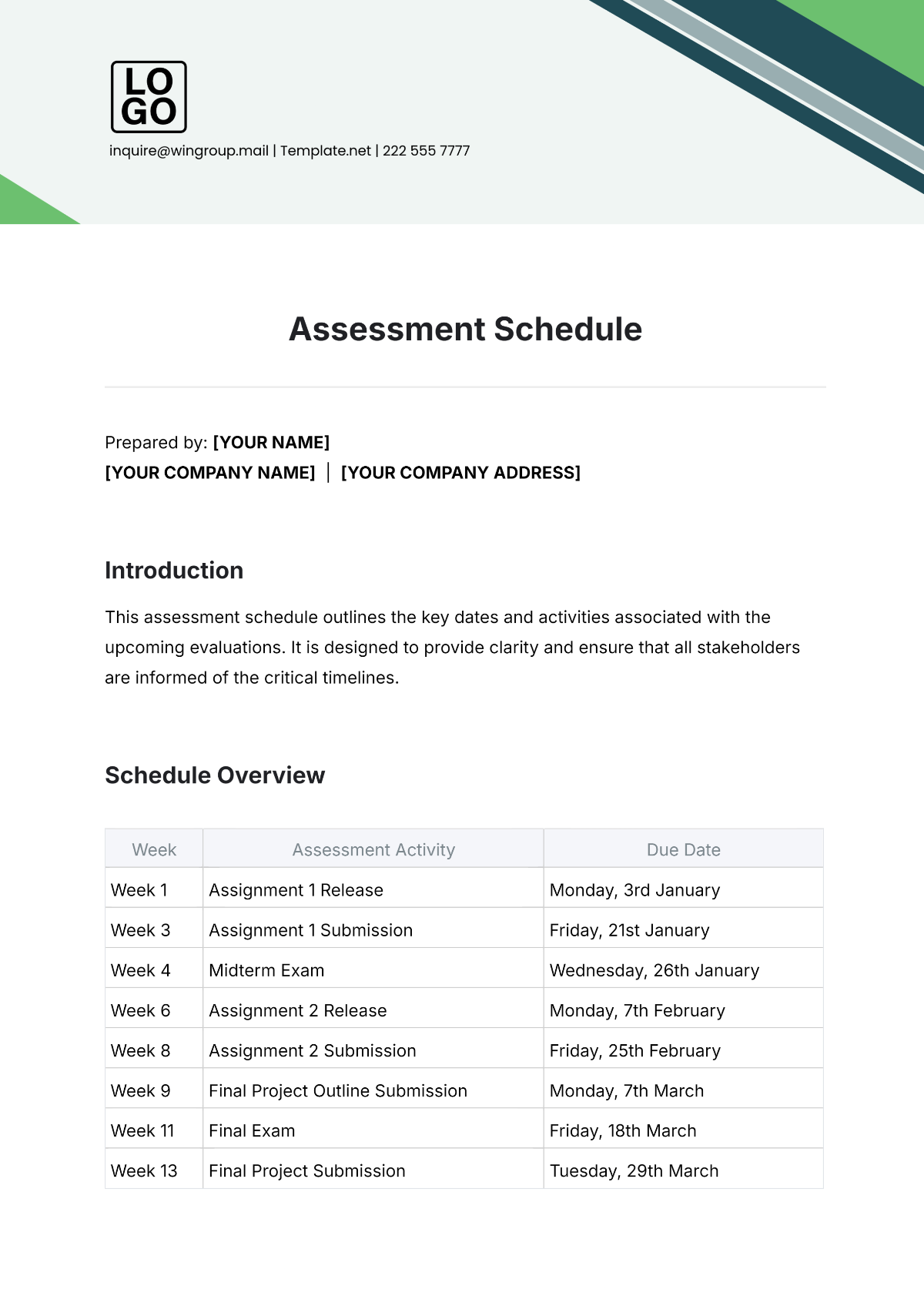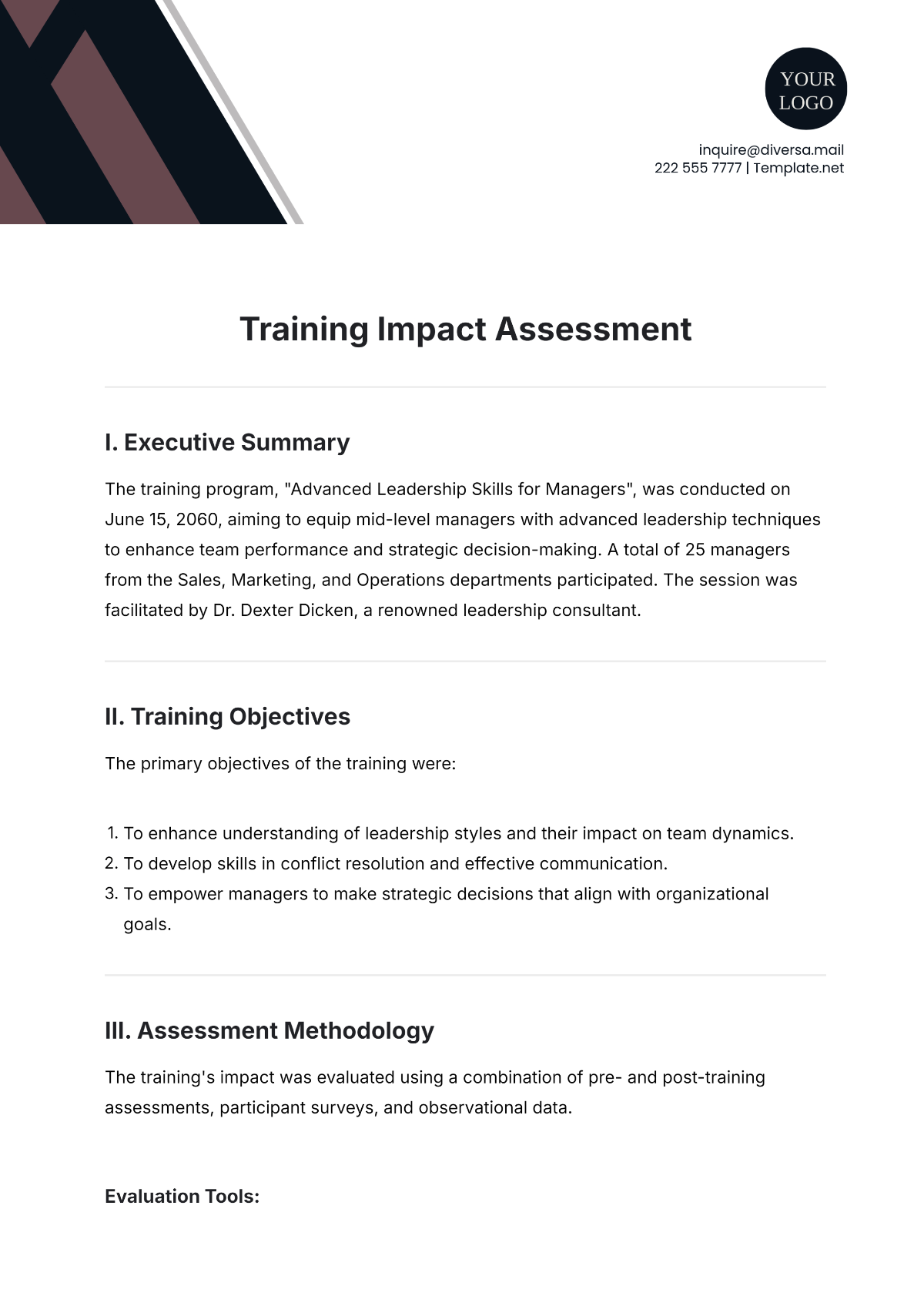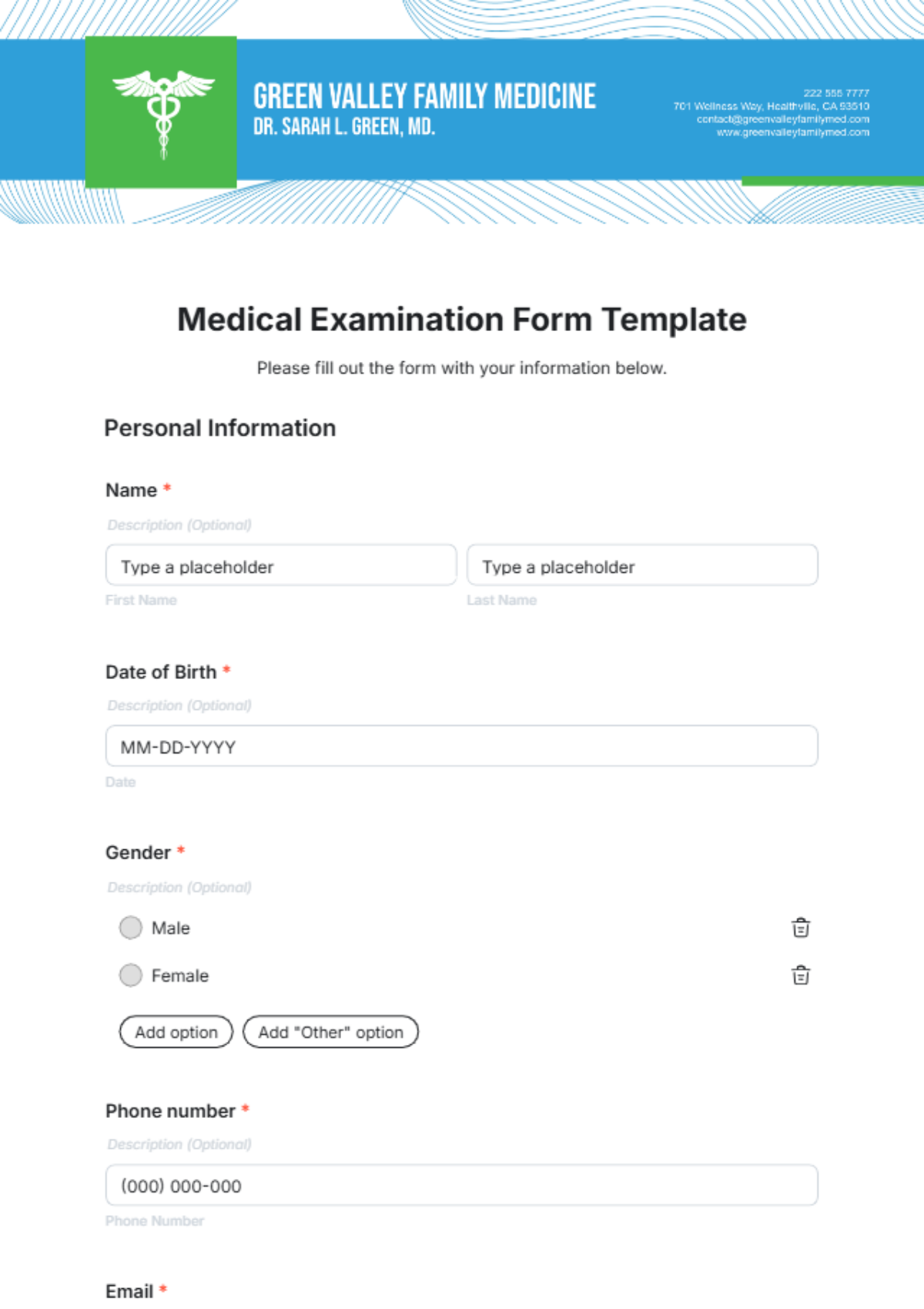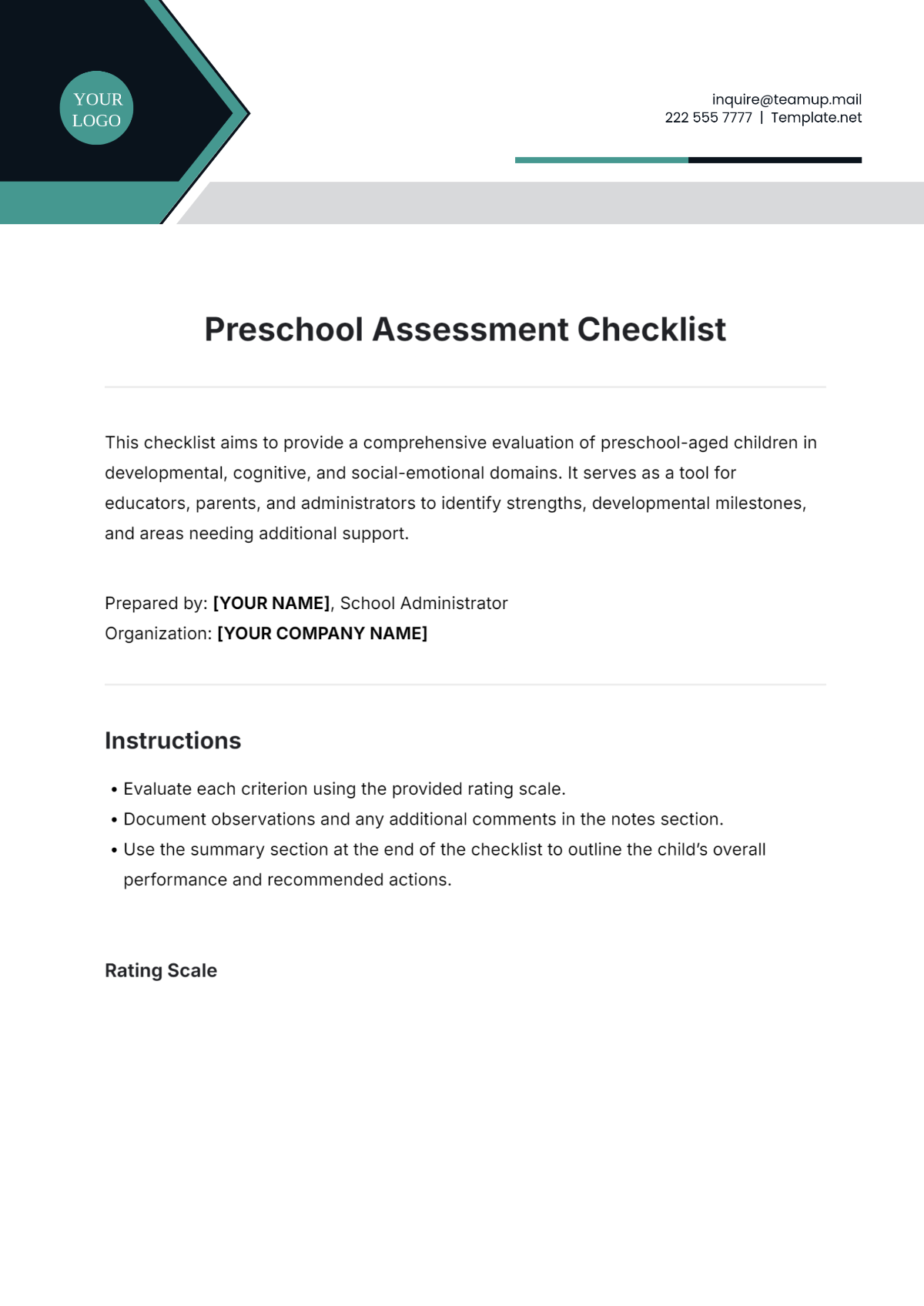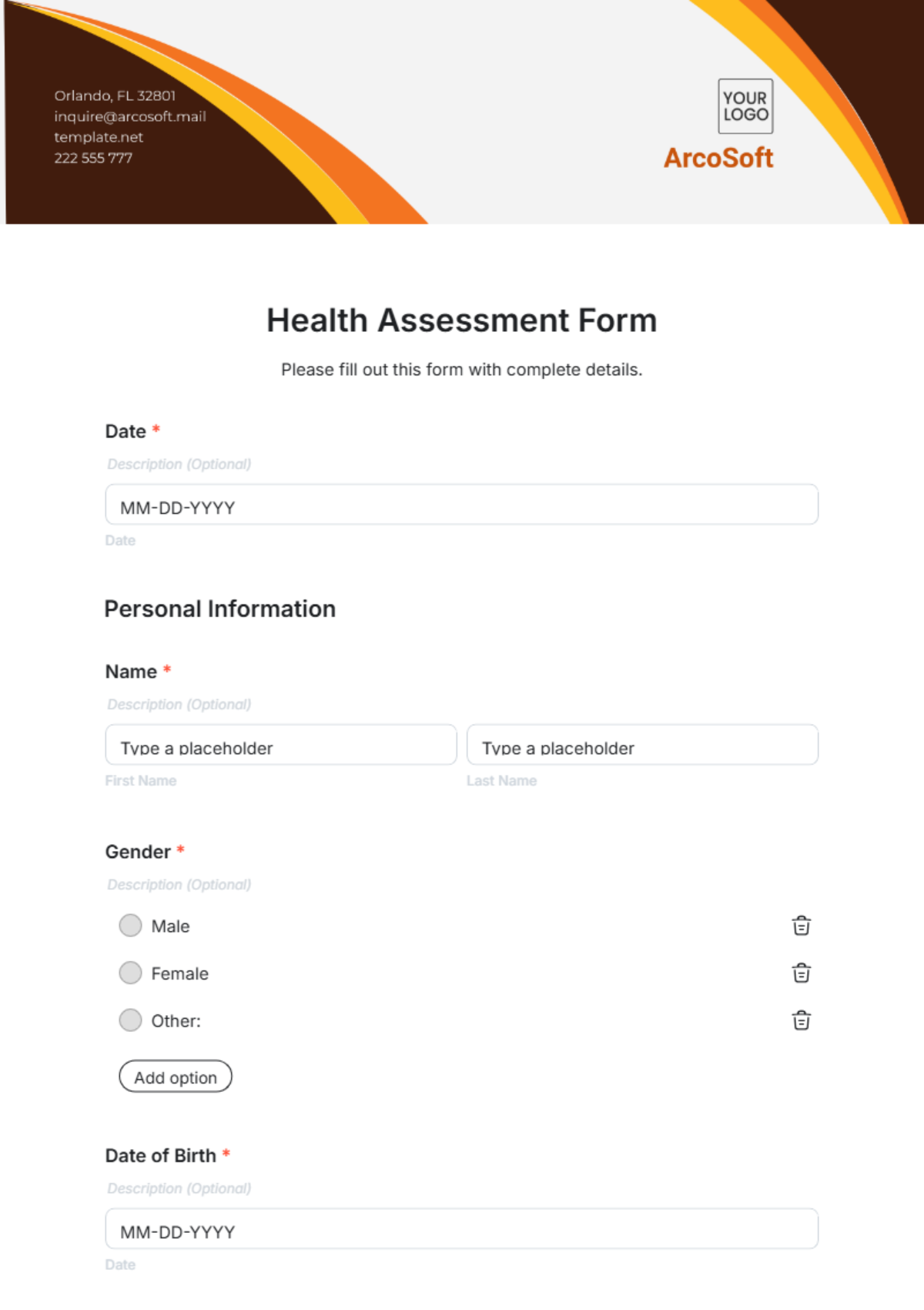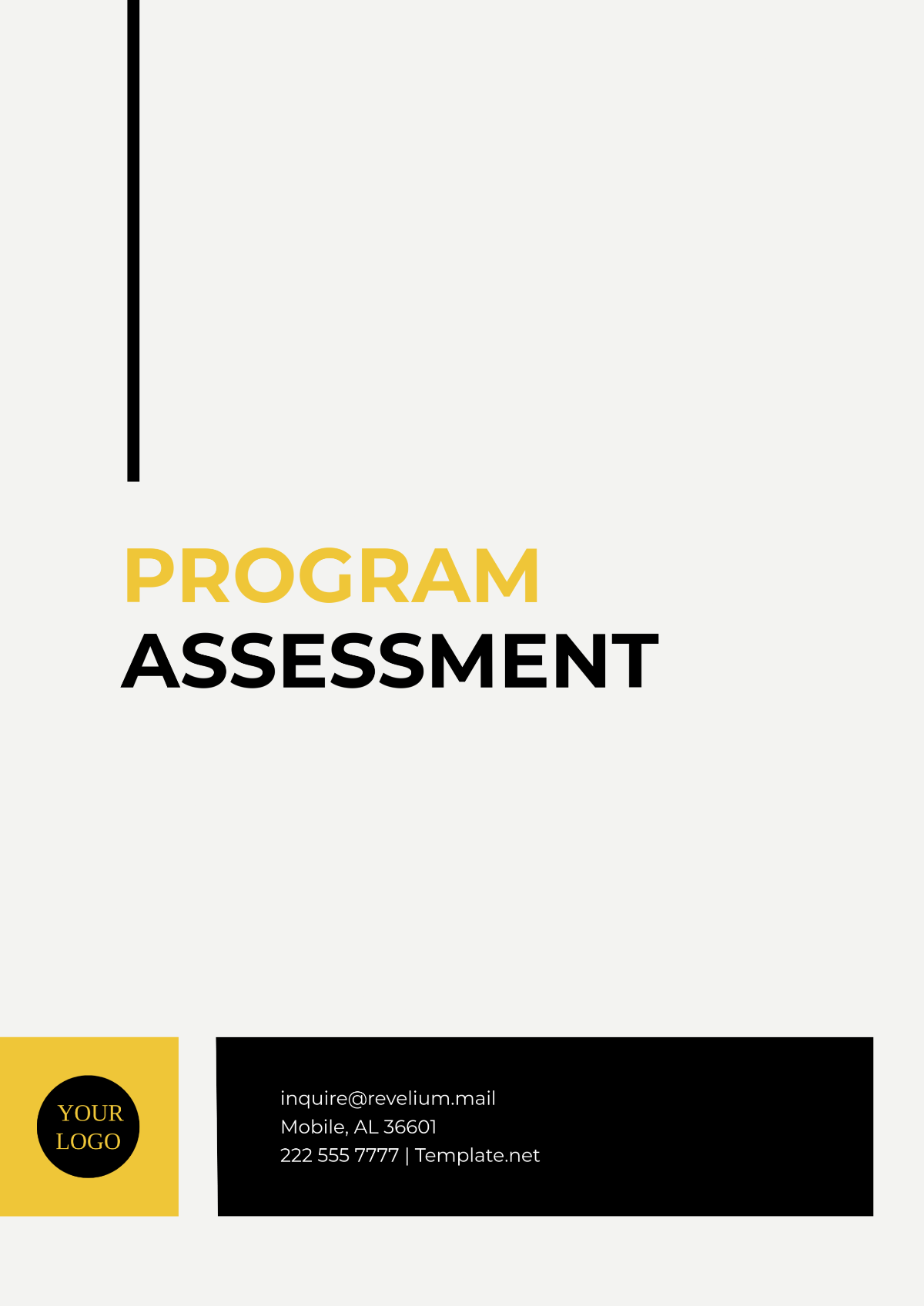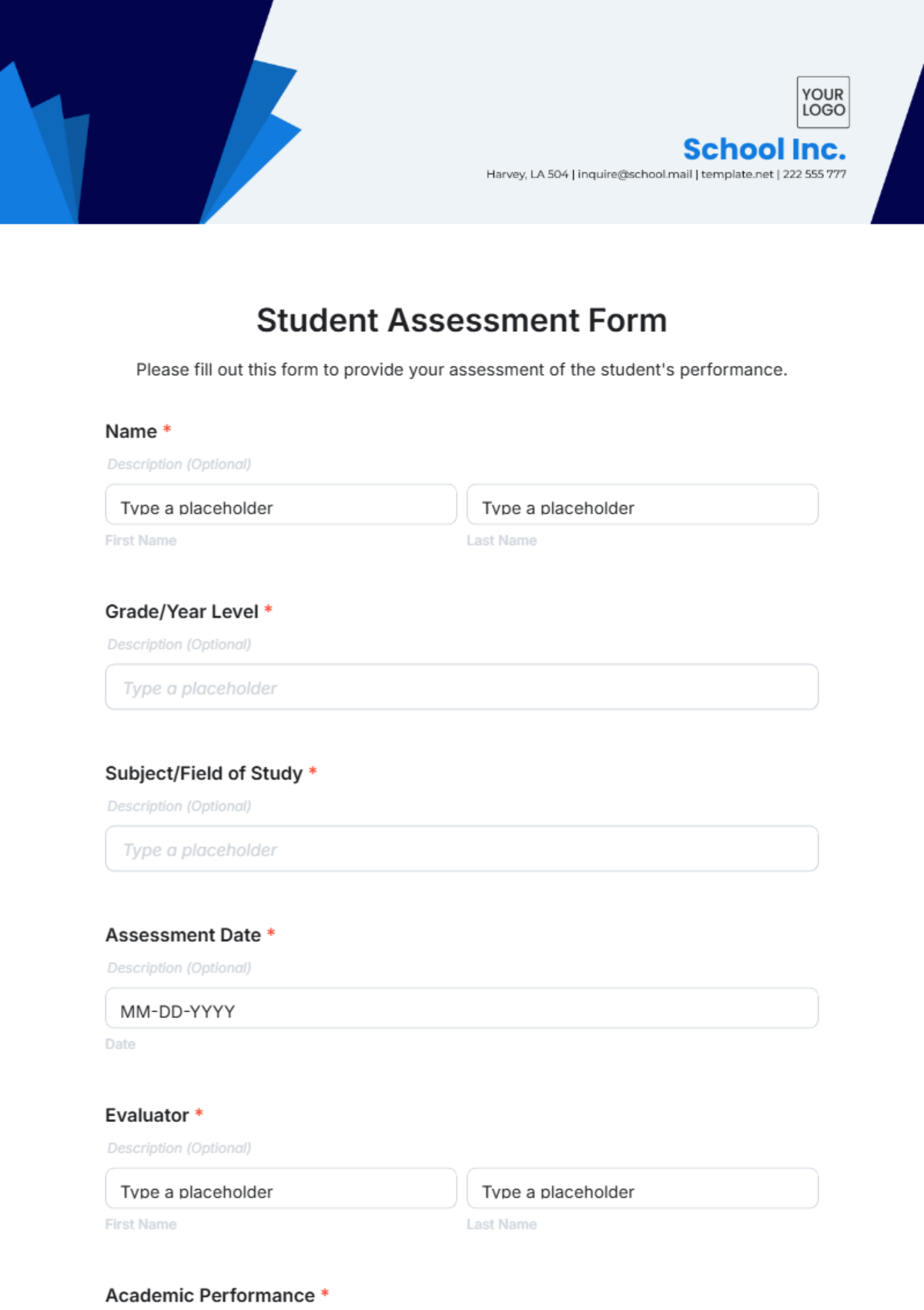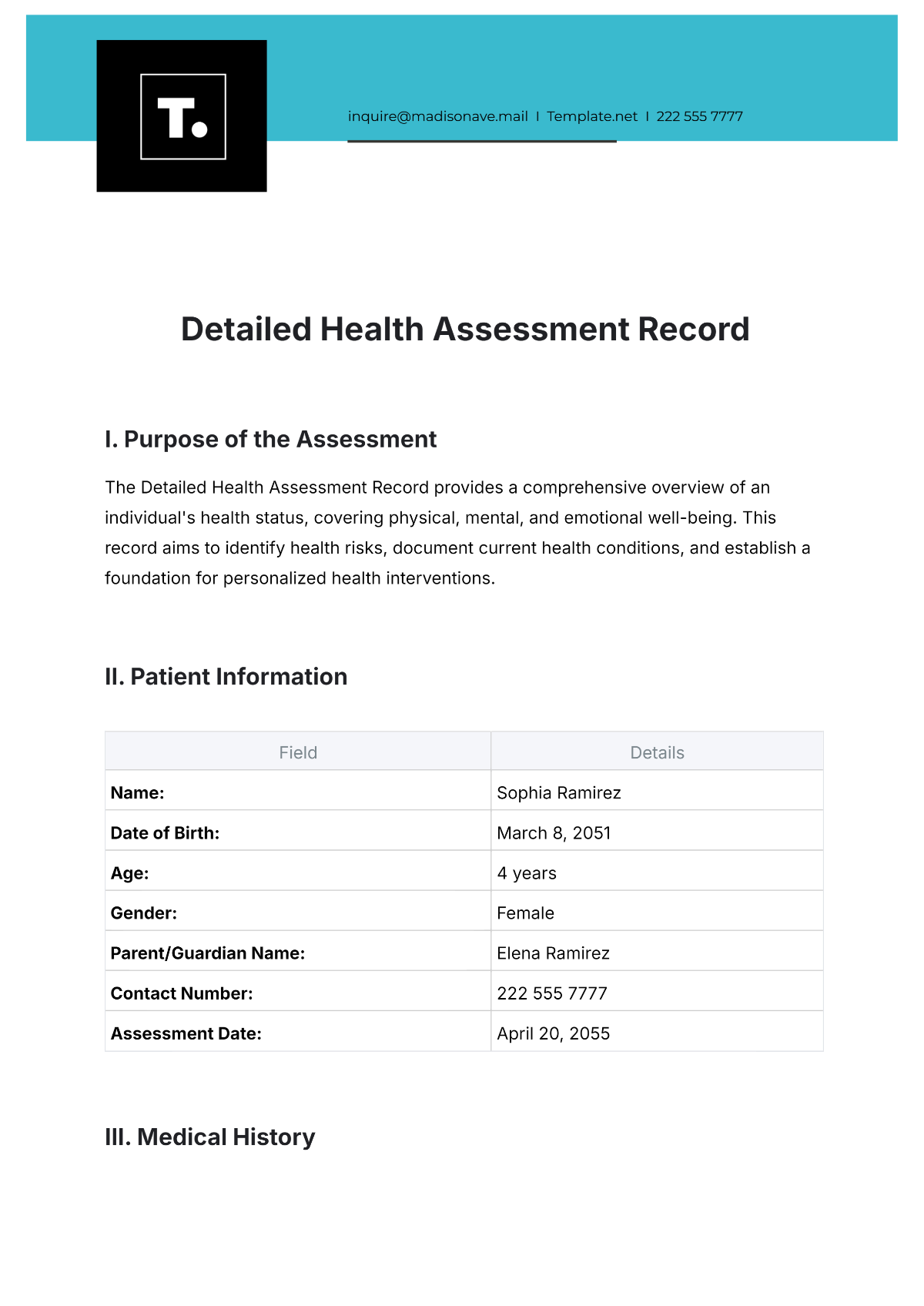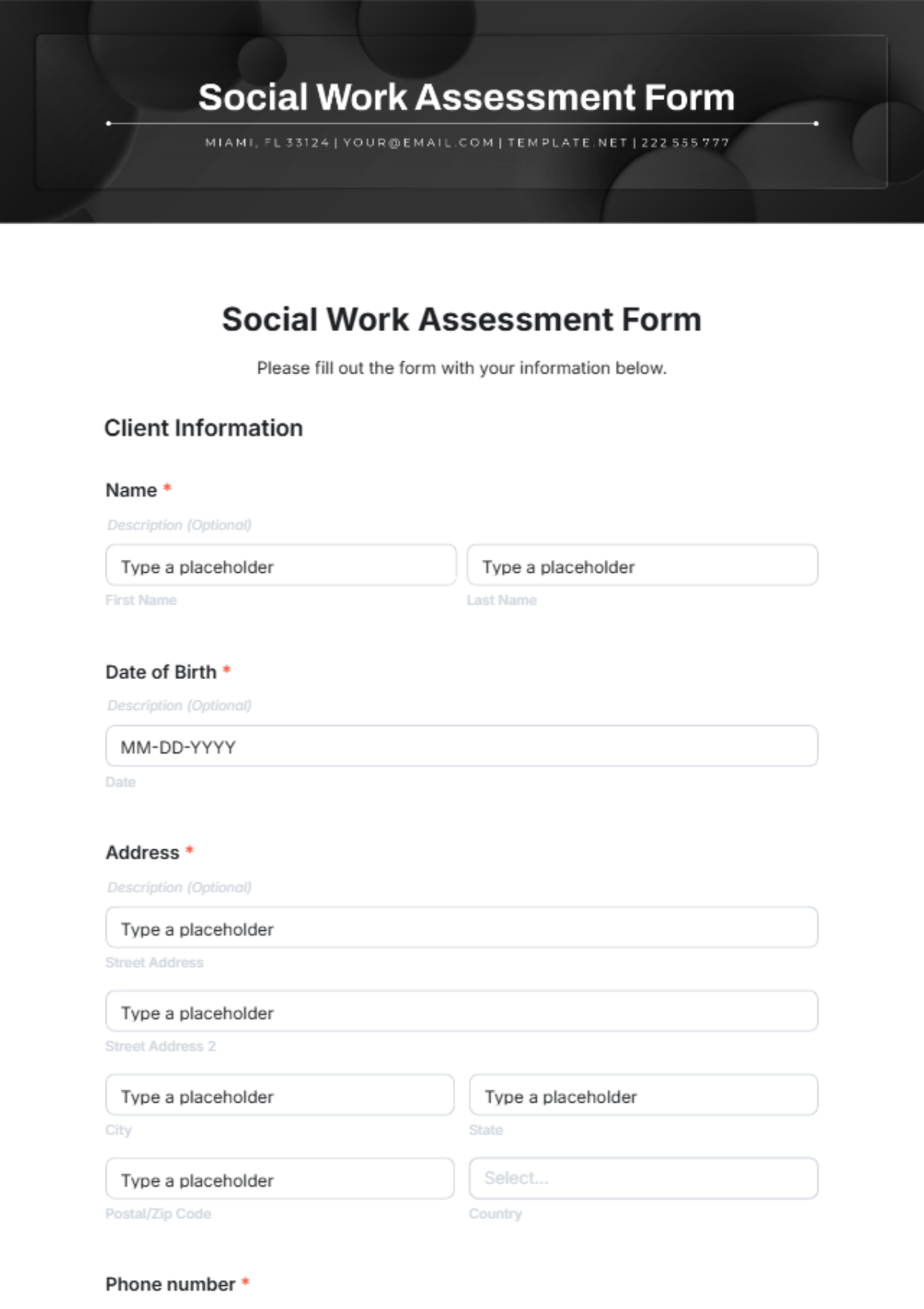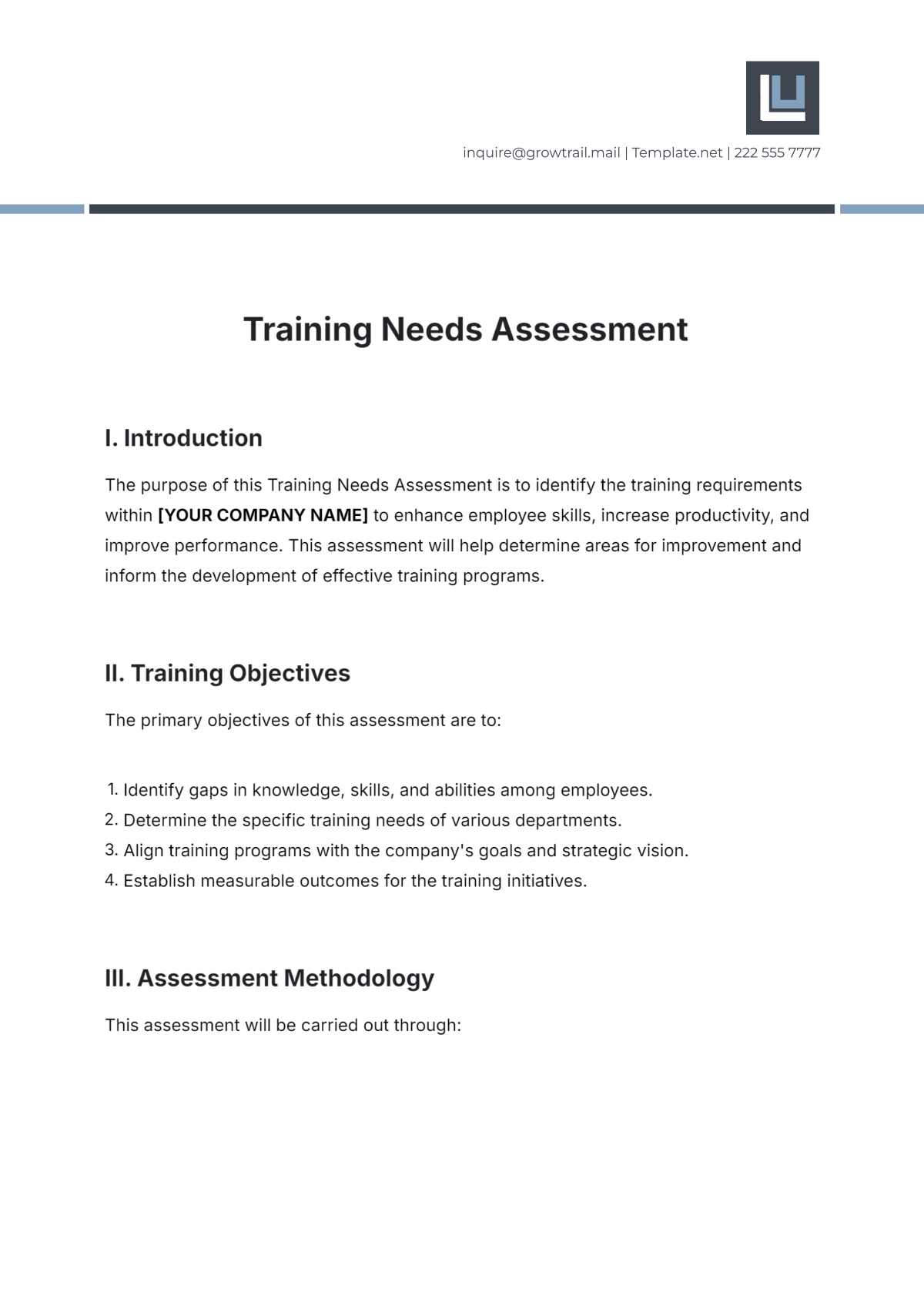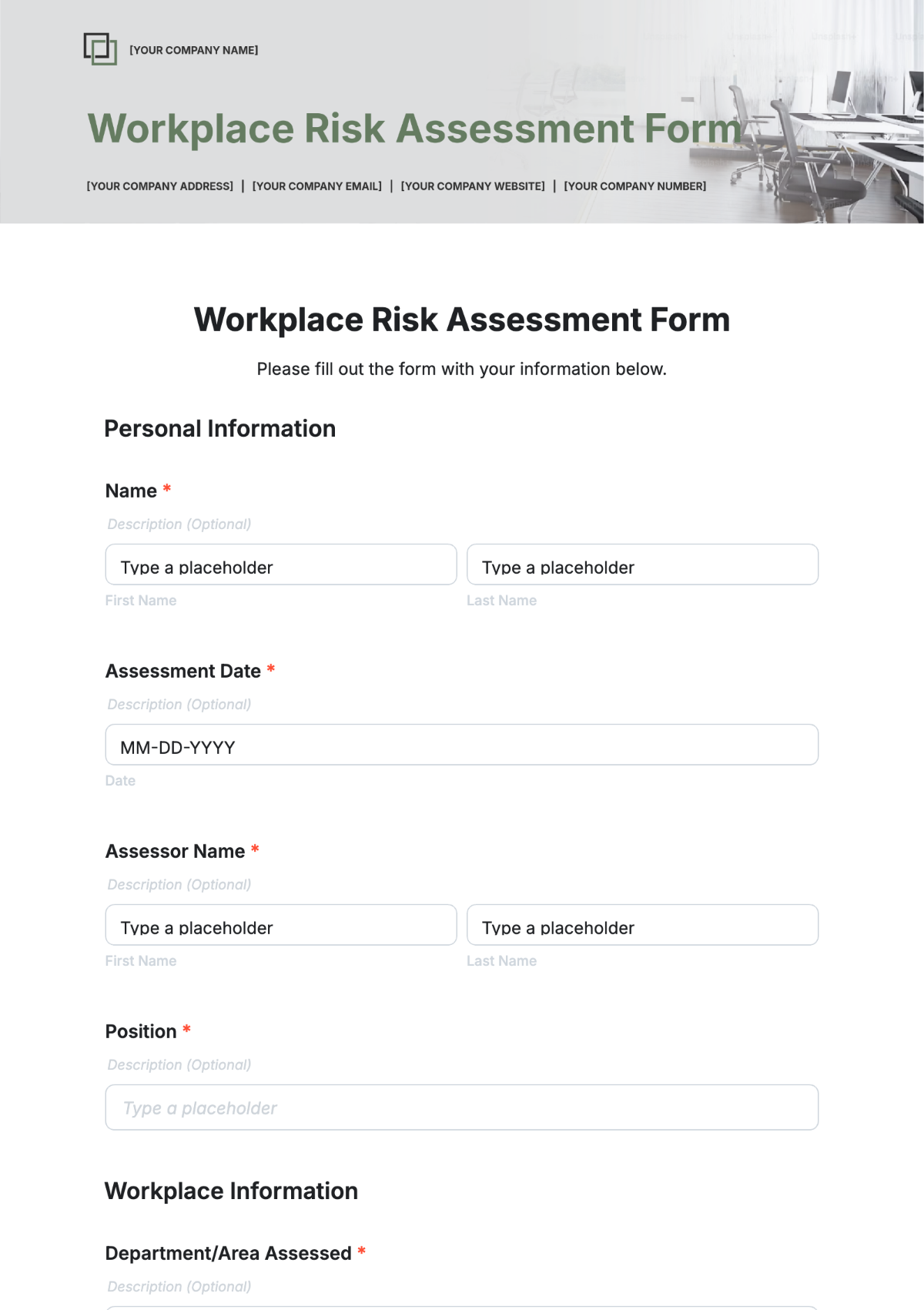Workplace Ergonomics Assessment Report
I. Introduction
The importance of ergonomics plays a pivotal role in maintaining employee health, enhancing productivity, and fostering a positive work environment. This report provides an analysis of the current state of workplace ergonomics within our company. It is a deep dive into our ergonomic practices, equipment, and employee wellness initiatives, comparing them against industry standards to identify areas for improvement.
By evaluating both the physical and mental aspects of workplace ergonomics, the report aims to develop a holistic understanding of our ergonomic system. The goal is to outline a strategic approach that not only addresses immediate ergonomic concerns but also sets the stage for long-term, sustainable improvement. This assessment is a crucial step in our journey towards creating an optimally ergonomic and employee-centric workplace, ensuring that our staff remains healthy, productive, and motivated.
II. Assessment of Current Ergonomic Practices
A. Current Ergonomic Standards
Our current ergonomic practices are based on guidelines that focus primarily on workstation setup and posture. A detailed table is presented below, outlining these practices:
Ergonomic Standard | Description | Current Implementation Status |
Adjustable Chairs | Chairs that can be adjusted for height and lumbar support | Widely implemented |
Monitor Position | Monitors placed at eye level to reduce neck strain | Partially implemented |
Keyboard Placement | Keyboards positioned to allow for a neutral wrist position | Moderately implemented |
Footrests | Availability of footrests for shorter employees | Rarely implemented |
Despite these measures, there are gaps in the full implementation of these standards across all departments.
B. Employee Feedback
A recent survey was conducted to gather employee feedback on ergonomic practices. The majority of employees expressed satisfaction with the adjustable chairs but raised concerns about monitor placement and the lack of footrests. Many reported experiencing discomfort due to improper screen height and the absence of foot support, especially for shorter employees. This feedback is essential in identifying areas for ergonomic improvement.
III. Ergonomic Risk Factors
A. Physical Risk Factors
Upon evaluating the workplace, several physical risk factors were identified, impacting employee comfort and productivity. Key findings are summarized in the following table:
Risk Factor | Description | Observed Impact |
Repetitive Motion | Tasks requiring repetitive hand or arm movements | Increased reports of wrist and arm discomfort |
Prolonged Sitting | Extended periods of sitting without breaks | Complaints of back pain and leg discomfort |
Manual Handling | Handling of heavy objects without proper equipment | Instances of back injuries |
These factors necessitate immediate attention to mitigate health risks to employees.
B. Environmental Risk Factors
The assessment also revealed various environmental risk factors that affect ergonomics:
Lighting: Poor lighting conditions in some areas of the office have led to eye strain and headaches among employees.
Noise: High noise levels in certain departments have been linked to increased stress and difficulty concentrating.
Air Quality: Inadequate ventilation in some workspaces has resulted in complaints about air quality, impacting employee comfort and health.
These environmental factors play a significant role in overall workplace ergonomics and require comprehensive solutions to ensure a healthy work environment.
IV. Ergonomic Solutions
A. Equipment and Tools
Our evaluation of ergonomic equipment and tools revealed several areas where enhancements are needed. The following table provides a detailed overview:
Equipment/Tool | Current Status | Suggested Enhancements |
Ergonomic Chairs | Widely implemented but vary in quality | Standardize high-quality ergonomic chairs across all departments |
Adjustable Desks | Limited availability | Implement sit-stand desks to encourage movement and flexibility |
Keyboard and Mouse | Basic models in use | Upgrade to ergonomic keyboards and mice to reduce wrist strain |
Screen Filters | Not commonly used | Introduce screen filters to reduce glare and eye strain |
Implementing these enhancements will significantly improve the ergonomic setup, reducing physical strain and increasing comfort for employees.
B. Workstation Design
Workstation design plays a crucial role in ergonomic efficiency. Our current designs show room for improvement, particularly in layout and spacing. Recommendations include:
Space Optimization: Reconfigure workspace layouts to allow for more movement and flexibility. This could involve rearranging furniture to create more open spaces and designated areas for breaks.
Personalization: Enable employees to adjust their workspace according to their specific needs, such as monitor height, chair adjustments, and desk accessories.
Collaboration and Privacy Balance: Designate areas for collaboration without disrupting those who need quiet, focused workspaces.
V. Employee Training and Awareness
A. Ergonomic Training Programs
The effectiveness of ergonomic solutions heavily relies on proper employee training. Our current training programs are sporadic and lack depth. A revamped training program should include:
Regular Workshops: Conduct regular workshops led by ergonomic experts.
Online Training Modules: Develop comprehensive online modules for easy access and self-paced learning.
Hands-On Demonstrations: Provide hands-on demonstrations of proper ergonomic practices.
B. Awareness Campaigns
Raising awareness about the importance of ergonomics is key to ensuring employee participation and compliance. Proposed strategies include:
Monthly Ergonomics Focus: Each month, highlight a specific aspect of ergonomics through emails, posters, and quick training sessions.
Ergonomics Ambassadors: Appoint departmental ergonomics ambassadors to encourage best practices among peers.
Feedback Channels: Establish open channels for employees to provide feedback and suggestions on ergonomic matters.
VI. Health and Wellness Programs
A. Physical Wellness Programs
The integration of physical wellness programs into our ergonomic strategy is essential. Currently, our programs are limited and not fully aligned with ergonomic principles. Enhancements are proposed as follows:
Regular Exercise Sessions: Implement daily or weekly guided exercise sessions focusing on stretches and movements that counteract the physical strains of office work.
Ergonomic Workshops: Include specific workshops focusing on exercises that can be performed at the desk to reduce the risk of repetitive strain injuries.
Fitness Challenges: Organize monthly fitness challenges to encourage physical activity, which is crucial for overall physical health and ergonomic well-being.
A summary of the current and proposed programs is outlined in the following table:
Program Type | Current Implementation | Proposed Enhancements |
Exercise Sessions | Occasional, informal | Regular, guided sessions |
Ergonomic Workshops | Rare | Regular, focused workshops |
Fitness Challenges | Non-existent | Monthly challenges with incentives |
B. Mental Wellness Programs
Mental wellness is equally important in the context of ergonomics, as stress and mental strain can exacerbate physical issues. Our current initiatives need strengthening, with a focus on reducing work-related stress and promoting a healthy work-life balance. Proposed initiatives include:
Mindfulness and Stress Management Workshops: Regular workshops to teach stress management techniques.
Quiet Zones: Establish dedicated quiet zones in the workplace for relaxation and decompression.
VII. Monitoring and Evaluation
A. Monitoring Mechanisms
Effective monitoring of ergonomic practices is crucial for continuous improvement. Our current mechanisms are basic and lack comprehensive tracking. Proposed enhancements include:
Regular Ergonomic Assessments: Conduct bi-annual ergonomic assessments of workstations and overall workplace environment.
Employee Feedback System: Establish a regular feedback system for employees to report ergonomic issues and suggestions.
Ergonomic Performance Metrics: Develop specific performance metrics to regularly monitor the effectiveness of ergonomic interventions.
B. Evaluation Metrics
To evaluate the impact of ergonomic interventions, the following key performance indicators (KPIs) are proposed:
KPI | Description | Measurement Method |
Reduction in Ergonomic-Related Complaints | Measure the decrease in employee complaints related to ergonomic issues | Employee feedback and health reports |
Employee feedback and health reports | Assess overall employee satisfaction with workplace ergonomics | Surveys and interviews |
Decrease in Work-Related Injuries | Track the reduction in ergonomic-related injuries | Health and safety incident reports |
VIII. Comparative Analysis with Industry Standards
A. Benchmarking
To ensure our ergonomic practices meet and exceed industry standards, a comprehensive benchmarking analysis was conducted. Key areas where our practices were compared against industry leaders include ergonomic equipment, training programs, and employee wellness initiatives. The findings reveal that while we have made significant progress in some areas, there are still gaps compared to industry best practices.
The following table provides a comparison:
Aspect | Our Company | Industry Standard | Gap Analysis |
Ergonomic Equipment | Basic level | Advanced, customizable equipment | Need for investment in higher-quality, adaptable equipment |
Training Programs | Irregular, basic | Regular, comprehensive training | Development of more in-depth, frequent training sessions required |
Wellness Initiatives | Limited scope | Holistic wellness programs integrating ergonomics | Expansion of wellness initiatives to include ergonomic focus |
B. Gap Analysis
The gap analysis highlights areas requiring immediate attention, particularly in upgrading ergonomic equipment and enhancing training programs. Aligning more closely with industry standards in these areas will not only improve employee well-being but also enhance productivity and job satisfaction.
IX. Future Plans
A. Short-term Initiatives
Equipment Upgrade: Procure and install high-quality ergonomic chairs and adjustable desks across all departments.
Training Enhancement: Develop and roll out a comprehensive ergonomic training program, including online modules and hands-on workshops.
Wellness Program Expansion: Introduce more regular physical and mental wellness sessions with an ergonomic focus.
B. Long-term Strategy
Continuous Improvement Culture: Foster a workplace culture that continuously seeks to identify and implement ergonomic improvements.
Integration of Ergonomics in All Aspects: Ensure that ergonomic principles are integrated into all future policy decisions, workspace designs, and employee wellness programs.
Regular Benchmarking and Reassessment: Conduct annual benchmarking against industry standards and reassess our strategies to stay aligned with the latest ergonomic practices.
X. Conclusion
The analysis presented in this report underscores the essential role of ergonomics in creating a healthy, productive, and sustainable workplace. The findings from our assessment of current practices, risk factors, solutions, and wellness programs, combined with a thorough comparative analysis with industry standards, have illuminated the path forward. Ultimately, this proactive and holistic approach to workplace ergonomics will not only improve the health and well-being of our employees but will also contribute significantly to the overall success and competitiveness of our organization.






